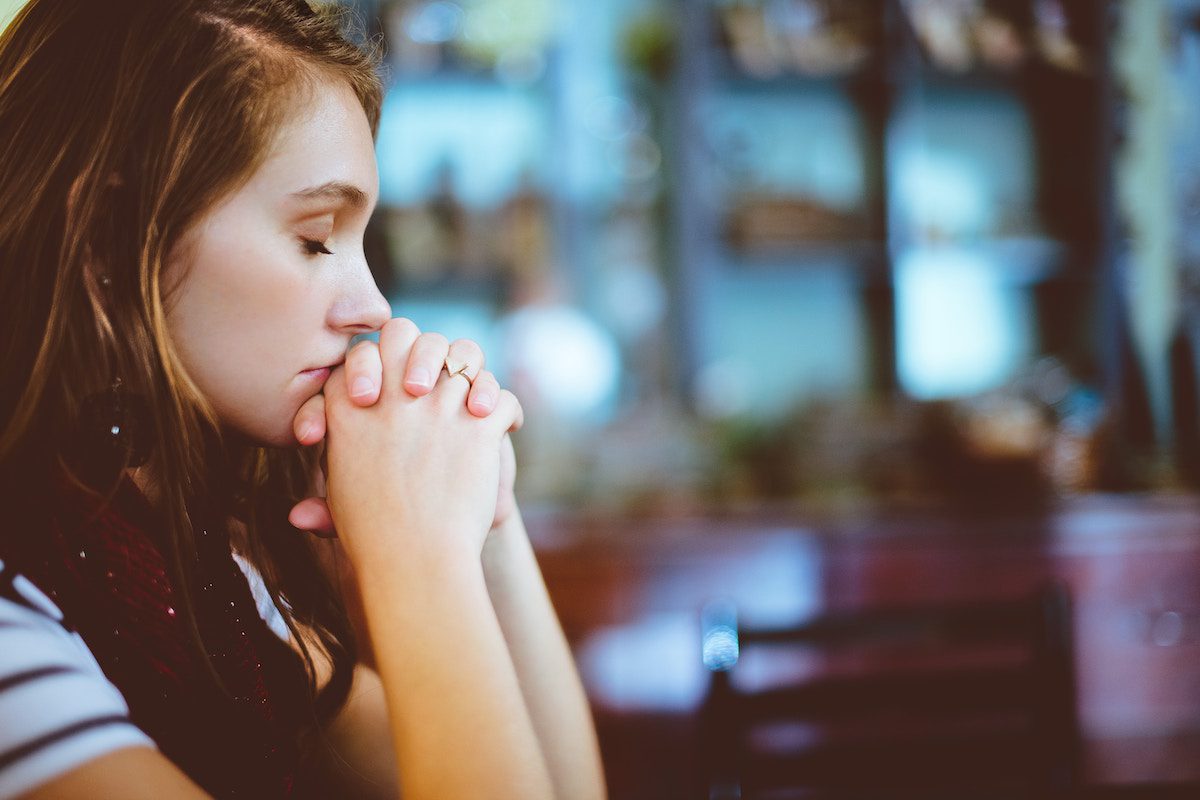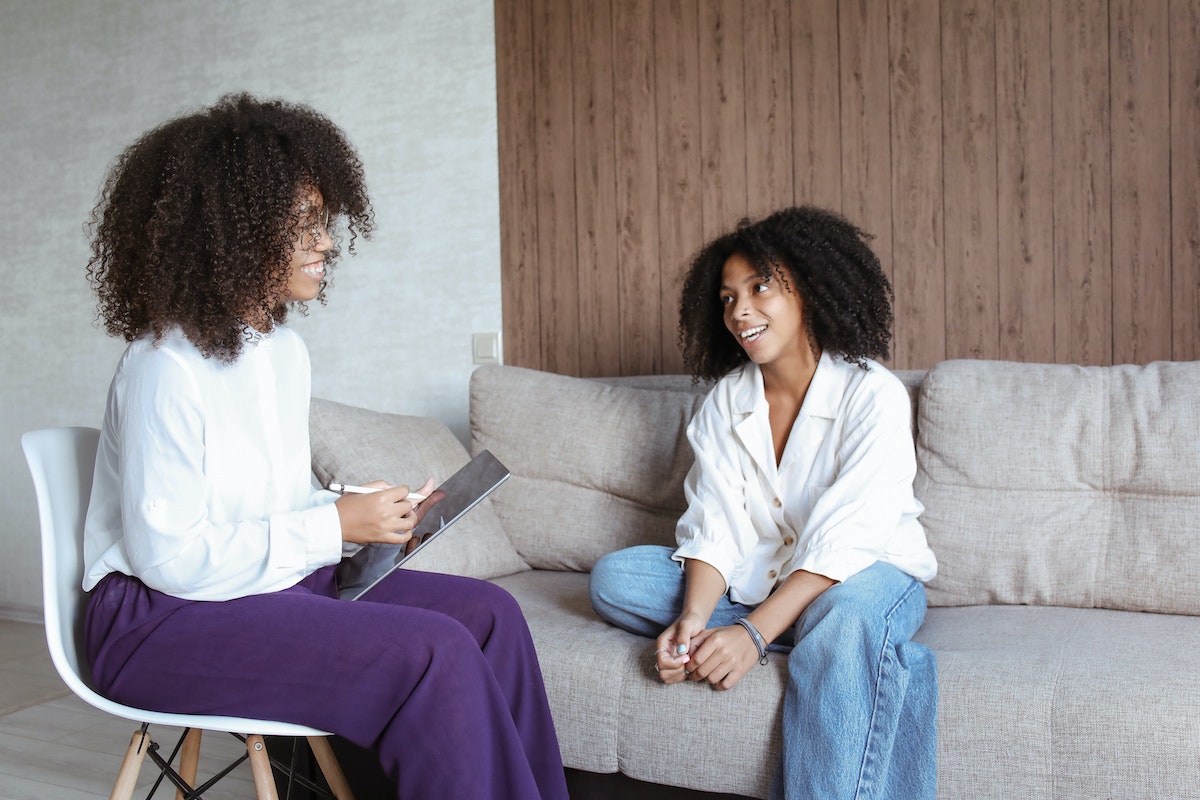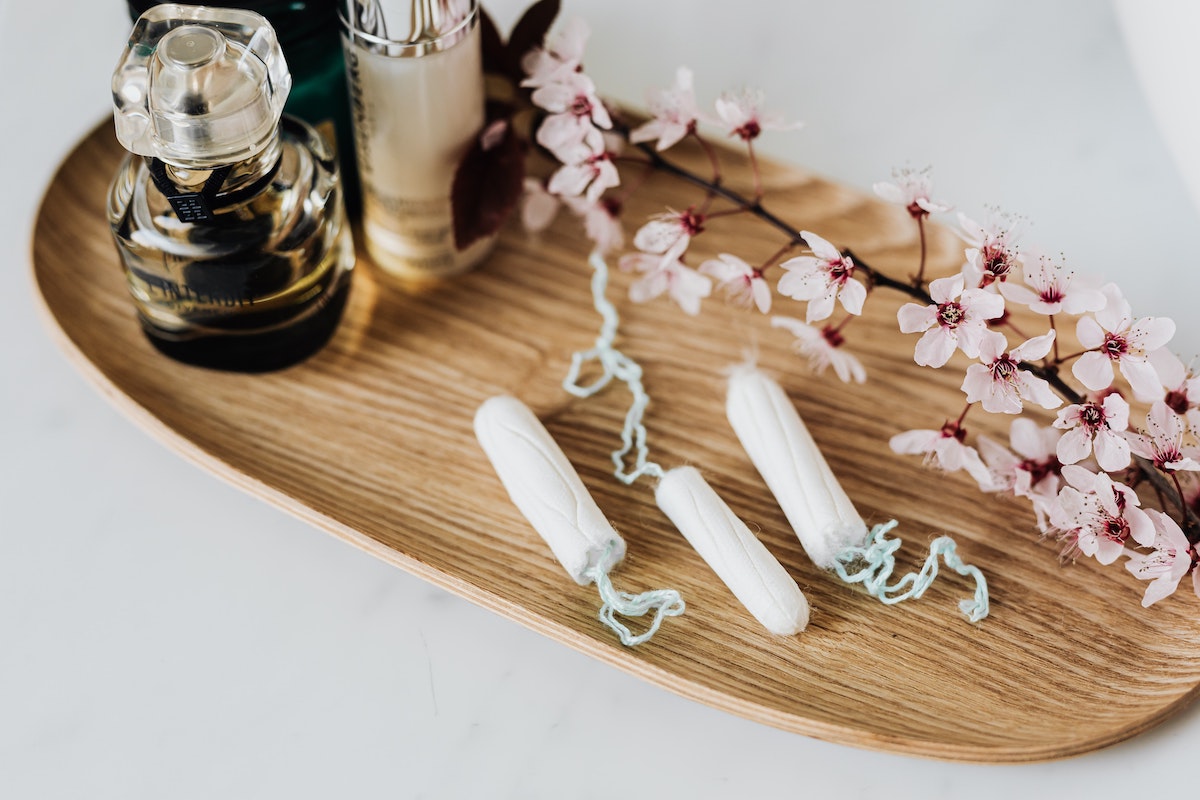How to Talk to Men About Body Image
When it comes to body image, body dissatisfaction, or body dysmorphia, women are usually at the center of the conversation. But men struggle with these issues too and it’s rarely talked about. So how can we help the men in our lives who may be struggling?
We talked to men who’ve had body image issues at various points in their lives as well as experts in the field on how to approach this sensitive subject.
Just keep in mind that the conversation on men and body image is pretty complex since there’s no one singular “male experience,” notes California-based RDN, Aaron Flores.
“The white, cis-gendered, thin, upper-middle-class body image experience will be vastly different than the transgender, person of color, living in a larger body from a similar upper-middle-class setting,” Flores writes in a blog post published by the National Eating Disorders Association (NEDA). “All of the things that we identify as will influence our embodiment.”

Male body image issues: stats, stereotypes, and social media woes
A 2016 study reported that 20% to 40% of men report being dissatisfied with some aspect of their appearance. Over the past several years, a marked increase has occurred, says Jeffrey M. Stucke, a licensed mental health counselor who works mainly with men.
Eating disorders and problems with excessive exercise have increased among men, and the term “muscle dysmorphia” has been coined. This is a subtype of Body Dysmorphic Disorder (BDD), mainly characterized by the preoccupation with the idea that one’s body is not sufficiently lean and muscular. This perception is perpetuated by the unrealistic expectations set by media and social media, things that younger males are especially susceptible to.
Flores points out that the reinforced stereotypes of male bodies start out young, with superhero movies and the subsequent Halloween costumes that come out afterward. “They have abs and six-packs sewn into them,” Flores writes. “I mean, come on, what five-year-old needs the abs added to their costume to feel like they are really Thor or Superman?”
Stucke says social media plays a huge role in how men see their own bodies realistically and points to heavily-filtered photos, such as gym selfies, as another culprit.
“I believe it is impossible for anyone to be mentally healthy in our modern culture without a plan to manage social media,” Stucke says. “Even though females currently spend more time in that space, males are closing quickly. Instagram and Snapchat are almost entirely devoted to physical images. The barrage of enhanced images distorts our perceptions of what is actually real.”
David Ginsburg, host of the Tales from the Fandom and Weight Mate podcasts, says even before social media was around, growing up in the ‘80s and ‘90s was just as difficult with the importance being placed on “thin” bodies being superior.
“I feel a lot of it was presented in TV shows,” Ginsburg says. “You’d see thin or ‘normal’ sized actors as characters talking about how they need to lose weight, how they look ugly, etc. And that does something.”
Writer, actor, comedian, and aSweatLife contributor Rich Williams, thinks it’s a mass media issue more than anything else and that there’s a lot of bad information and toxic stereotypes out there.
“The stereotype of the dimwitted, overweight husband. Real men eat meat and leave the vegetables for the kids, steak and potatoes … all that macho toxic masculinity crap needs to stop,” Williams says. “If the expectation for men is to be a steak-eating dullard, then that’s all men will aspire to be.”
Benjamin, a 32-year-old from Chicago, agrees with Williams and his opinion on toxic masculinity. “I hear a lot of men express that they don’t feel like they can be open about their problems, whether that be related to mental health, body image, financial issues, etc.,” he says. Benjamin says a lot of men feel like if they’re not constantly displaying an air of confidence, they’ll be perceived as weak and fragile.
The male body image struggle spans the ages
Stucke has had male clients of all ages from a 70-year-old looking to get a breast reduction because he had been made fun of as a child, to a 30-year-old springing for $10,000 calf implants, only to regret that they weren’t big enough.
Ginsburg says weight was never brought up explicitly in his family, but when moving from Canada to Florida as a tween, he began to notice changes in how he viewed himself.
“When I was in Canada, I always viewed my size as an asset,” Ginsburg says. “I played goalie in hockey, [and] I was really active. And maybe it was my imagination or I just didn’t register it, but no one ever said anything about my weight there. That all changed when I moved to Florida and quickly realized I was a lot bigger than I should have been.”
Williams says he dealt with a lot of body image issues as a kid and that grade school and junior high were the most difficult times for him.
“I was taller and heavier than all my classmates and peers,” he says. “To be honest, I grew to feel very uncomfortable in my body. I’ve dealt with a lot of body issues — resentment, embarrassment, shame, and intense bullying.”
Benjamin says growing up, he would feel insecure if someone close to him made a comment about his appearance such as comments about his weight or his nose. His more serious struggles started a bit later on, in his college years.
“I was dealing with some moderate depression and anxiety issues, and the way these issues would manifest themselves physically would oftentimes be via stomach issues like loss of appetite,” he says. “I would never say it was severe or dangerous, but clearly noticeable as my girlfriend at the time would regularly comment that I wasn’t eating enough or asked if I had lost weight. I do think her concern was purely health-related and not aesthetic, but it was the first time I dealt with body-related insecurities.”
As adults, the struggle continues. Ginsburg says he has an “extremely poor body image” and struggles with finding clothing that makes him feel good.
“I see people around me that are about my size or even larger, and they’re able to just … look good in clothing,” Ginsburg says. “Meanwhile, because of how my shape is, with a large stomach/midsection, my clothes just don’t flatter me. It’s not for lack of trying. Unfortunately, the clothes that are good or may work better for me are extremely expensive. Or, in one case, the company that made the jeans that really fit well stopped carrying my size and now only carries the standard sizes.”
Cultivating a conversation around male body image
Stucke says offering support and lending a non-judgemental ear are both really important.
He suggests affirming non-physical attributes and characteristics with partners. “Be very specific,” Stucke says. “‘I love how patient you are with me,’ ‘You are there for me when I really need you.’”
Stucke says men are less likely to bring up and discuss these issues, even in a partnership, but that non-verbal communication, especially physical touch, can provide significant comfort and reassurance.
Williams says that for him, listening is key. “If someone is opening up to you it can be hard to know what to say sometimes, but I think just listening is huge,” he says. “Listening is supporting.”
Benjamin agrees and says undermining your partner’s feelings (even indirectly) can have a negative impact.
“Don’t dismiss your partner’s feelings when they do open up,” he says. “When someone is insecure about their body, it doesn’t matter if they’re overweight or underweight, it doesn’t feel good, and is not a feeling that should be invalidated.”
Ginsburg says having a partner who is open and willing to have a conversation is incredibly helpful for supporting a partner with their emotions.
“Sometimes, I just want to talk about how down I am on myself,” he says. “I don’t need fixing at that moment or suggestions. I need to just get those emotions out of my system. That way, hopefully, I can fill up that space with positive energy and thoughts.”
The bottom line on men and body image
Ginsburg says a lot still needs to change in our society to break the stigma around men’s bodies. Schools and parents have to be part of the conversation as well as media such as men’s health magazines, movies and television, clothing companies, and social media feeds which need to differentiate when they put images out there.
“Socially, we need to better distinguish between vulnerability and weakness,” adds Stucke. “For a man to understand and express his emotions is the opposite of weakness. Men and women both need to understand this better so that men feel confident in its expression and women don’t confuse it as a weakness.”
Finally, Flores writes in the NEDA blog that we’re only beginning to scratch the surface when it comes to discussing men and body image. He says he’d like to see more stories of the male experience and body image including stories of men of color, LGBTQ stories, body diverse stories, and bodies across all different socioeconomic statuses as well as teaching men that it’s okay to feel their feelings and reach out for help when they need it.












